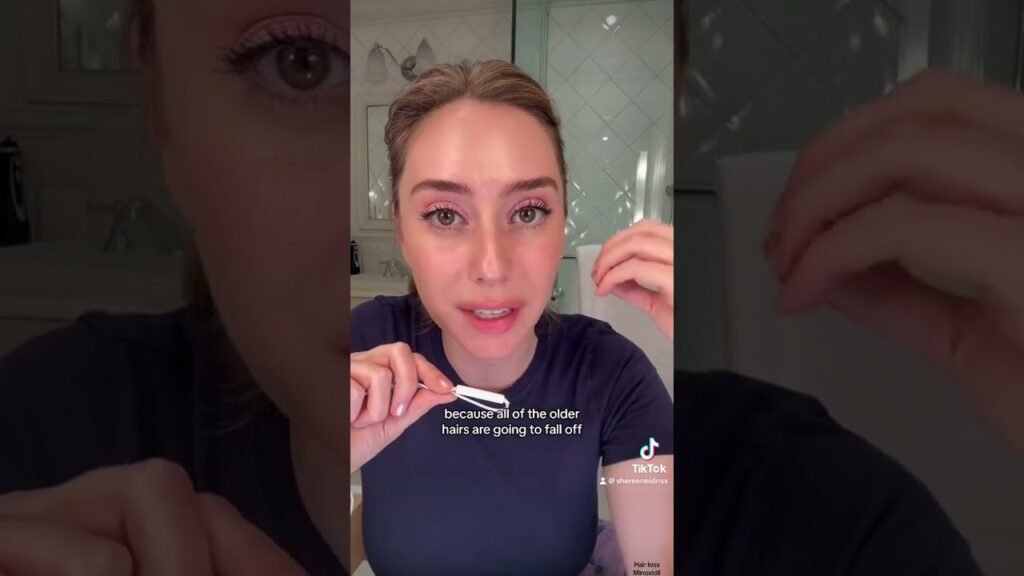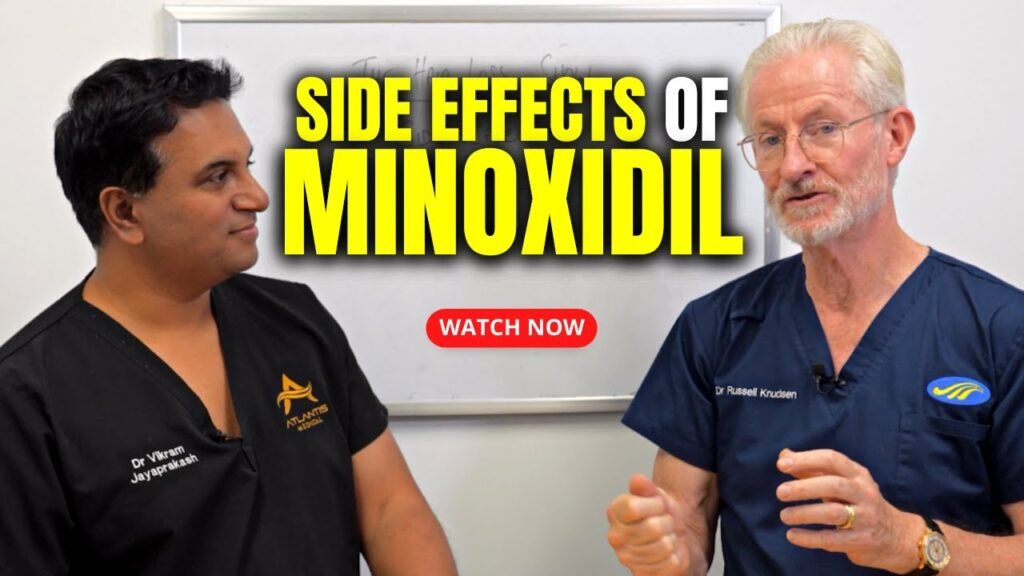Understanding Minoxidil: What It Is and How It Works
Minoxidil is a well-known medication primarily used for promoting hair growth and treating hair loss. Initially developed as an oral medication for high blood pressure, its hair growth side effects led to its topical formulation for combating alopecia. Available in various concentrations, minoxidil is applied directly to the scalp, making it a convenient option for both men and women experiencing thinning hair or pattern baldness. The FDA-approved treatment is widely recognized for its efficacy in stimulating hair follicles and encouraging hair regrowth, particularly in cases of androgenetic alopecia.
How Minoxidil Works
Minoxidils exact mechanism in promoting hair growth is not entirely understood, but it is believed to work by prolonging the anagen phase of the hair growth cycle. The anagen phase is the active growth stage, and by extending it, minoxidil allows hair to grow longer and thicker. Additionally, minoxidil is thought to enhance blood flow to the hair follicles, providing them with more nutrients and oxygen, which are essential for healthy hair growth. This increased circulation may help revitalize shrunken hair follicles, allowing them to produce stronger and more robust hair strands.
Application and Results
To achieve optimal results, minoxidil must be applied consistently, typically twice a day, directly to the affected areas of the scalp. Users may start noticing visible improvements in hair density and thickness within a few months, although individual results can vary. Its important to note that continuous use is necessary to maintain hair growth, as discontinuing the treatment may result in a return to previous levels of hair loss. While minoxidil is generally well-tolerated, some users might experience mild side effects such as scalp irritation or itching. Therefore, following the products instructions and consulting with a healthcare professional is advisable for those considering its use.
The Link Between Minoxidil and Acne: What You Need to Know
Minoxidil is a widely used topical treatment for hair loss, known for its effectiveness in promoting hair regrowth. However, some users have reported experiencing acne as a side effect, raising concerns about the connection between minoxidil and skin breakouts. Understanding this link is crucial for individuals considering or currently using this medication for hair loss treatment.
Minoxidils primary function is to stimulate hair follicles, but its application can sometimes lead to changes in skin condition. When applied, minoxidil may increase the production of sebum, the skins natural oil. An excess of sebum can clog pores and create an environment conducive to acne development. This is particularly true for individuals who are already prone to oily skin or have a history of acne.
How to Manage Acne When Using Minoxidil
If youre experiencing acne after starting minoxidil, there are steps you can take to manage this side effect. Its essential to apply minoxidil only to the scalp, avoiding any contact with the face or other acne-prone areas. Additionally, maintaining a consistent skincare routine that includes gentle cleansing and the use of non-comedogenic products can help reduce the risk of breakouts. Users should also monitor their skins response and consult a dermatologist if acne persists or worsens, as they may offer tailored advice or alternative treatments.
How to Use Minoxidil Effectively While Managing Acne
Minoxidil is a popular treatment for hair loss, but if youre also dealing with acne, using it effectively requires some strategic planning. Balancing skincare and hair care routines can help mitigate potential skin issues while still benefiting from Minoxidil’s hair-regrowth properties. To start, it’s crucial to apply Minoxidil correctly. Use it on a clean, dry scalp and ensure that you wash your hands immediately after application to prevent any accidental transfer to acne-prone areas of your face.
Choose Non-Comedogenic Products
When using Minoxidil, opting for non-comedogenic skincare products can significantly help in managing acne. Non-comedogenic products are designed to not clog pores, reducing the likelihood of breakouts. Consider integrating a gentle cleanser and an oil-free moisturizer into your daily routine to maintain clear skin. Additionally, if you use any styling products, ensure they are also non-comedogenic to prevent them from exacerbating acne.
Timing and Application Techniques
To minimize potential skin irritation, consider the timing of your Minoxidil application. Apply Minoxidil at night, allowing it to absorb fully before any contact with your pillow or face. This timing can help reduce the chances of Minoxidil spreading to your face during sleep. Additionally, be mindful of how you apply it; using a dropper or spray can provide more control than applying with fingers, which can help in targeting specific areas without excess product spreading to your skin.
Expert Tips for Preventing Acne When Using Minoxidil
When using minoxidil, a common treatment for hair loss, some users may experience acne as a side effect. To help prevent this, it is essential to maintain a consistent skincare routine. Cleansing your skin twice daily with a gentle, non-comedogenic cleanser can remove excess oil and impurities, reducing the likelihood of acne breakouts. Its important to avoid harsh scrubs or overly drying products, as these can irritate the skin and exacerbate acne.
Another effective strategy is to apply minoxidil precisely and sparingly. Ensure that the product is used only on the scalp, as contact with facial skin can increase the risk of clogged pores. To minimize accidental application to the face, wash your hands thoroughly after applying minoxidil. Additionally, consider using a cotton swab for application to target specific areas more accurately.
To further protect your skin, consider incorporating products with anti-inflammatory ingredients into your routine. Ingredients such as niacinamide or aloe vera can help soothe irritation and reduce redness associated with acne. Regular use of these calming agents can support skin health while using minoxidil, making it easier to manage potential side effects. Always consult with a dermatologist to tailor a skincare regimen that complements your minoxidil treatment and addresses any specific skin concerns.
Frequently Asked Questions About Minoxidil and Acne
What is Minoxidil and how does it relate to acne?
Minoxidil is a popular over-the-counter medication primarily used for treating hair loss in both men and women. While its main function is to stimulate hair growth, some users have reported experiencing acne as a side effect. This often leads to concerns and questions about whether Minoxidil can directly cause acne or exacerbate existing skin conditions. Understanding the relationship between Minoxidil and acne can help users make informed decisions about their hair and skin health.
Can Minoxidil cause acne breakouts?
While Minoxidil is not directly linked to causing acne, some individuals may experience skin irritation or clogged pores after using the product, which could potentially lead to breakouts. The liquid or foam formulations of Minoxidil contain alcohol and other ingredients that might contribute to skin dryness or irritation, which can indirectly result in acne. Its important to note that not everyone will experience these side effects, and the occurrence of acne can vary based on individual skin types and sensitivities.
How can I manage acne while using Minoxidil?
If you experience acne while using Minoxidil, there are several steps you can take to manage it. First, ensure that you are applying the product correctly, avoiding excessive use that might lead to clogged pores. Incorporating a gentle skincare routine that includes non-comedogenic products can help keep your skin clear. Additionally, maintaining proper hygiene by washing your hands after applying Minoxidil can prevent the transfer of any residue to your face. If acne persists, consulting a dermatologist for personalized advice is recommended.


